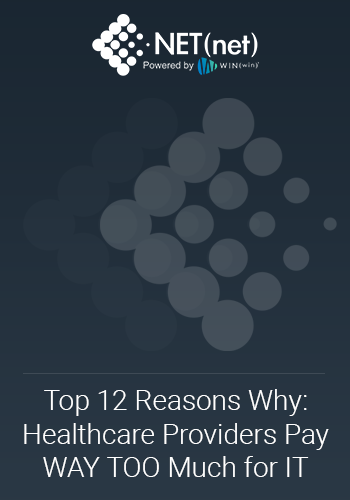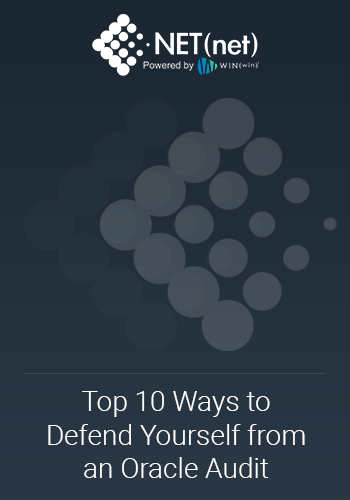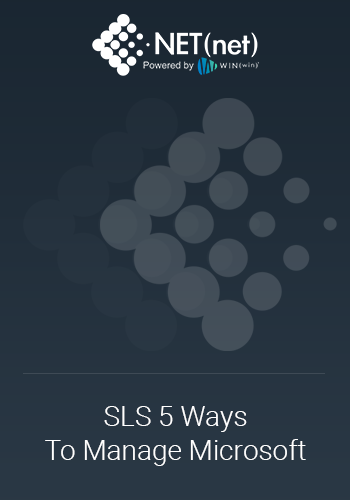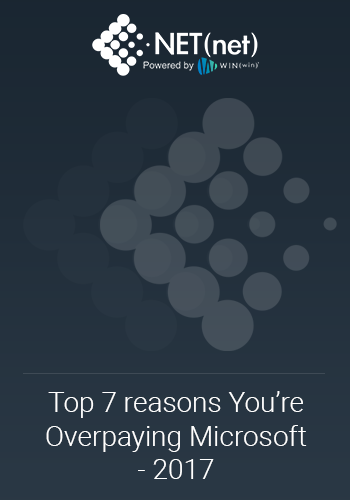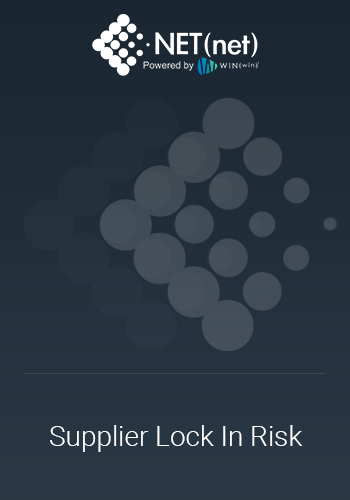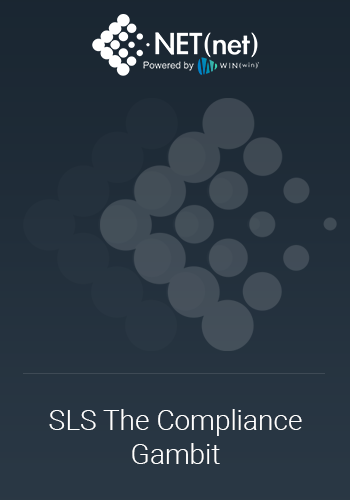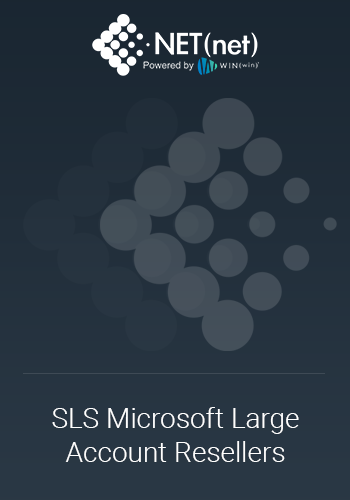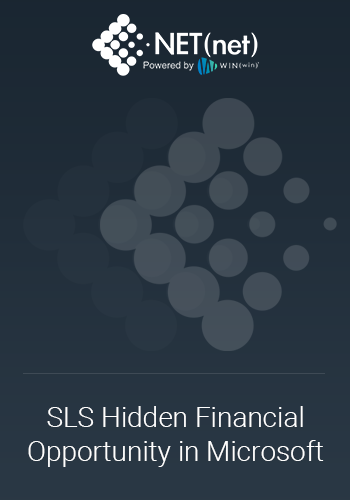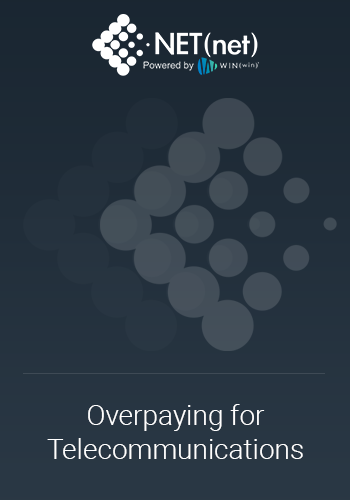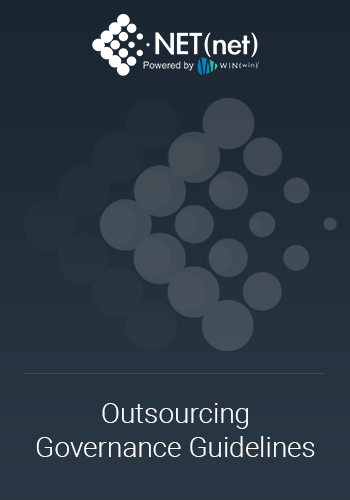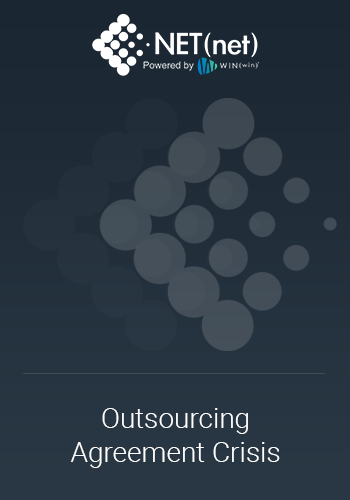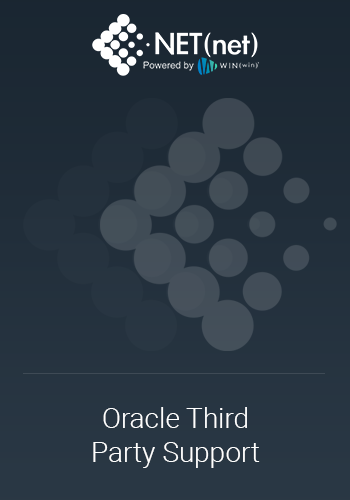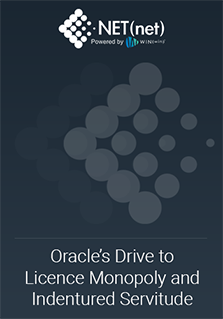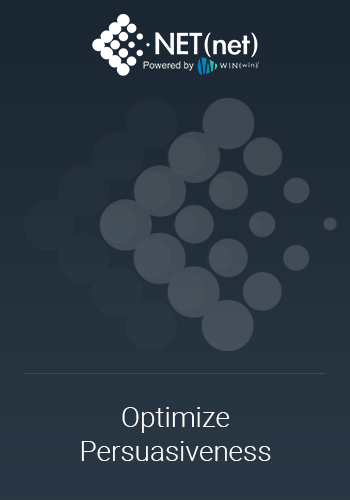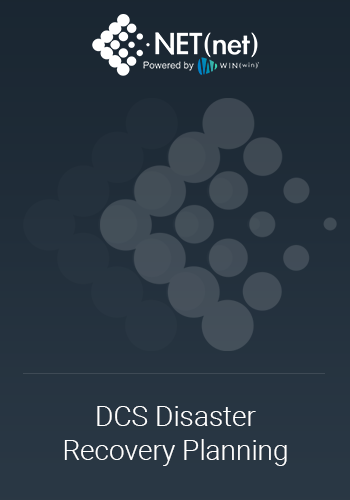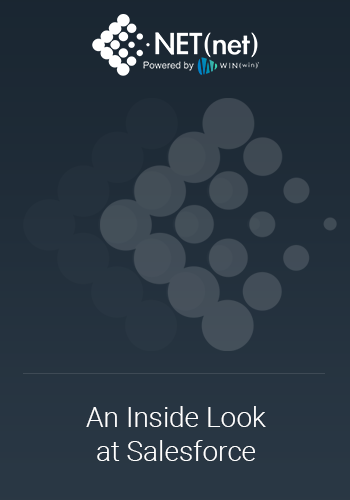Preface:
Thank you for joining us for this 10-part series to discuss the Top 10 Ways You can Save on your Mainframe Costs in 2023. In case you missed our first of the series, Bonus Article - #0 of 10 - click here to read that as well.
- Nearly all Clients are Clamoring for Savings in 2023. This is largely due to (a) rising input costs, (b) softening business forecasts, and (c) continued economic headwinds. This has caused many clients to re-evaluate spending plans and implement new cost-cutting targets.
- IT is the Number One Cost Savings Category of the Modern Enterprise. IT is typically the highest indirect spend area for modern enterprises and is also the cost category with the highest potential yield (we average about 33% savings on addressable IT spend). In addition, since 2020, clients have largely exhausted conventional cost savings countermeasures such as canceled projects, delayed spending plans, and cuts in discretionary spending, and many have even gone through Reductions In Force (RIFs), and/or even facility closures. As a result, clients are at risk of cutting muscle and bone this year as savings demands persist, but desperate measures are not necessary when we can help you harvest considerable value from your mainframe supply chain, do so with minimal risk, and perhaps even get additional value from modernization and other benefits.
- NET(net) is the Number One IT Cost and Value Optimization Provider. In the last 20 years, we have shaped over $2 Trillion of investment, captured well over $400 Billion of incremental value for our clients and partners, and have an 85% probability of achieving savings ranging between 13-53%.
When it comes to Mainframes, we see incredible savings opportunities in 2023. Not since 2008 has there been as much downward pricing pressure on technology incumbents, and we believe meaningful savings targets can be achieved, but due to the market conditions, technology incumbent suppliers will be highly disruptive to any cost savings agenda, so it will require a commitment to do the hard work.
With that as a backdrop, we give you our Top 10 Ways You can Save on your Mainframe Costs in 2023.
Take a Look Back
Be sure to revisit previous posts. Our first post (Part 0) was a bonus installment to our 10-part series of the Top 10 Ways You can Save on your Mainframe (in case you missed it), which was the need to Price Benchmark Your Mainframe Costs to see how much You can Save.
Way #1 of 10: Optimizing Mainframe Licensing Costs can result in considerable savings. It involves:
- Right-Sizing. Analyzing your current titles, versions, editions, and quantities, and inspecting the actual usage and resource consumption of the related applications, utilities, and workloads to identify areas where you may be over-licensed, and then taking unilateral actions to correct these situations and/or negotiating with the supplier to reduce or alter the amount and/or number and/or type of resources you are paying for to avoid these excess charges.
- Conducting a ‘friendly’ software audit to evaluate any under-licensing conditions and/or any extra-contractual use case scenarios to identify any potential areas of critical exposure, removing any unlicensed software, and revising use to be in full compliance with all related documentation, and then training employees on the actions that led to the vulnerabilities and putting processes in place to prevent future compliance exposures.
- Pro Tip: NET(net) is bound to exclusive confidentiality with its clients and has no binding authority to report any of its findings to any supplier, organization, agency, or anyone else. Nearly all resellers, consultants, law firms, procurement organizations, and other types of firms that you might consider to do this work are bound to report any reasonably suspected compliancy issues to the BSA or the SIIA or to the supplier organization itself whose technology is allegedly being consumed improperly. Our advice? Never work with a reseller or consultant who is not bound by the strictest confidentiality to you and you alone, and never give up any of your audit rights.
- License Utilization. Implementing industry-leading data collection, analytic, and resource management practices to optimize the use of existing licenses by consolidating workloads, using shared licenses, compressing data, or moving workloads to different systems to help reduce licensing costs. Consider upgrading software to the latest version where it makes sense, as newer versions may have lower licensing costs.
- Pro Tip: MLCs (Monthly License Charges) refer to the cost of the software licenses required to run applications on a Mainframe. This cost can be based on the number of users, or the amount of storage used, among other factors. Optimizing Mainframe License Utilization is a critical component of optimizing the MLCs, which are the ongoing charges that can easily consume up to half of your mainframe budget or more, so getting this right can not only result in significant one-time savings benefits, it can also reduce ongoing costs as part of an overall mainframe cost optimization (MCO) initiative.
- License Negotiation. Negotiating more favorable licensing terms and conditions in the commercial arrangements and the contractual agreements based on a thorough understanding of the client organization’s business needs, infrastructure, usage patterns, consumption plans, and resource requirements – among other considerations.
- Pro Tip: Sub-capacity pricing refers to a pricing model used for mainframe software licenses where the cost of the license is based on the actual capacity used rather than the maximum capacity of the mainframe. In other words, client organizations would only pay for the resources they use rather than paying a flat fee for the entire mainframe. Sub-capacity pricing is designed to provide cost savings for mainframe customers who don't need to run their workloads at full capacity all the time, as they only pay for the capacity they use. This pricing model is particularly beneficial for client organizations with variable workloads, as it allows them to avoid paying for unused resources. To determine the cost of a sub-capacity license, the mainframe software vendor measures the capacity used and generates a bill based on that usage. The measurement typically involves tracking the use of central processing units (CPUs) and memory resources. Overall, sub-capacity pricing is a flexible and cost-effective option for mainframe customers, as it aligns the cost of software licenses with the actual use of resources and helps organizations avoid paying for unused capacity.
- License Management. Software license management on the mainframe refers to the process of tracking and managing the usage of software applications and products on IBM mainframe systems. This involves ensuring compliance with software license agreements, tracking software usage, and preventing unauthorized use.
- IBM provides tools for software license management on the mainframe, such as the IBM License Management Services (LMS), which helps client organizations monitor and manage software licenses, automate license compliance reporting, and enforce license policies. IBM also provides software license management tools for specific software products, such as DB2 and CICS.
- Effective software license management is important to ensure compliance with software license agreements, avoid financial penalties, and ensure the proper functioning of the mainframe systems. It is also important to regularly review and update software license management processes and tools to keep up with changes in software products and usage patterns.
- Licensing Metrics. Reviewing the licensing metrics of each product to determine if there are areas where you can negotiate better terms and/or switch to more cost-effective metrics such as MSUs (Millions of Service Units) which measure the processing power that a mainframe system uses, rather than simply utilizing the core-based licensing that sets a fixed price based on the number of cores.
- An MSU is a measure of the amount of computing power used on an IBM mainframe system. MSUs are used to measure the processing capacity required by mainframe applications and workloads and are used by IBM to price its mainframe software licenses.
- MSUs are calculated based on the number of instructions executed by the mainframe processors (MIPS), the I/O operations performed, and the storage utilization. The MSU measurement provides a consistent and objective measure of the mainframe processing requirements, allowing client organizations to accurately compare the cost of different mainframe software products and to plan for the processing capacity required by their mainframe workloads.
- Pro Tip: Workload Charges (WLCs) is a pricing model for mainframe computing resources, where customers are charged based on the workload they run on the mainframe system. The WLC model measures the consumption of resources such as MIPS (Million Instructions per Second), processor utilization, storage, etc., and translates that into a cost that the customer must pay. This type of charging model provides customers with greater flexibility and cost predictability, as they only pay for the resources they actually consume, rather than a flat fee for access to the mainframe. Mainframe WLC is typically used in high-volume, mission-critical applications where high availability and security are key requirements, and where organizations require the ability to quickly and easily scale their computing resources up or down as needed.
- Client organizations can use MSUs to evaluate the cost of mainframe software licenses, optimize their mainframe resources, and reduce costs. MSUs are also used by IBM to determine the minimum hardware configuration required to support a given set of mainframe workloads.
- Pro Tip: MSUs (Millions of Service Units). It is difficult to estimate the exact amount a client organization can save by switching from core-based licensing to MSUs on an IBM Mainframe, as the savings will depend on a number of factors, including, but not limited to, the type of workloads running on the system, the current licensing model in place, the number of cores and MSUs required, and the pricing terms offered by IBM. In general, clients can expect to see considerable cost savings by switching to MSUs, as the MSU-based pricing model allows for more flexible and granular measurement of system utilization, which can result in a more accurate representation of the customer's actual usage and a lower overall cost of ownership. However, the actual savings will depend on the specific circumstances of each client and may vary widely. Before discussing this with IBM, clients should work with us closely to conduct a detailed analysis of their current licensing costs and usage patterns to determine the potential cost savings of switching to MSUs.
How Much Can You Save?
By working closely with NET(net) to implement these and other savings strategies as part of our Top 10 Ways to Save on Mainframes, client organizations can reduce their mainframe costs significantly and better align their spending with their actual usage, resulting in a more cost-effective mainframe environment.
- Clients fully committed to mainframe modernization efforts can save 80-90%.
- Clients who are committed to a Mainframe Cost Optimization (MCO) initiative (including workload migrations), but who have limited ability to move applications off the mainframe can still see savings between 32%-60% with full scoped work efforts.
- Clients who are unwilling or unable to consider disruptive strategies, but those that still want to work with us strategically to optimize mainframe consumption and maintenance costs can see savings that range anywhere from 13%-33%.
- Clients who believe they can do this all on their own and those who believe they have all the skills, toolsets, and market & supply side knowledge to get the best outcomes likely have a savings opportunity of 5-15%, but most get only minor or no savings and unfortunately erode the opportunity to get future savings by unknowingly making subtle yet critical mistakes which is why we always strongly recommend working with us as your trusted advisor.
Stay Tuned
Our next installment (2 of 10) in this 10-part series of the Top 10 Ways You can Save on your Mainframe Costs in 2023 is a detailed review of how client organizations can reduce their MIPS (Millions of Instructions per Second) utilizing a variety of methods to further save money on the mainframe.
Summary
In all respects, extracting value from the mainframe supply chain in 2023 is not going to be easy as the big iron cartel will not only be wildly disruptive to any cost savings effort, but they will also be implementing their own cost increase agendas. If you're ready to take on the challenge and are dedicated to putting in the hard work with us, Contact Us today to learn more about how we can help you save on your mainframe as well as all your other technology investments or Sign up now for a Savings Cloud subscription, and we will get started on helping you save money right away.
About NET(net)
Founded in 2002, NET(net) is the world’s leading IT Investment Optimization firm, helping clients find, get, and keep more economic and strategic value in their technology supply chains. Over the last 20 years, NET(net) has influenced trillions of investment, captured hundreds of billions of value, and has helped clients cost and value optimize XaaS, Cloud, Hardware, Software, Services, Healthcare, Outsourcing, Infrastructure, Telecommunications, and other areas of IT spend. NET(net) has the experience you want, the expertise you need, and delivers the performance you demand and deserve. Contact us at info@netnetweb.com, visit us online at www.netnetweb.com, or call us at +1 (616) 546-3100 to see if we can help you capture more value in your IT investments, agreements, deployments, and relationships.
NET(net)’s Website/Blogs/Articles and other content is subject to NET(net)’s legal terms, offered for general information purposes only, and while NET(net) may offer views and opinions regarding the subject matter, such views and opinions are not intended to malign or disparage any other company or other individual or group.

